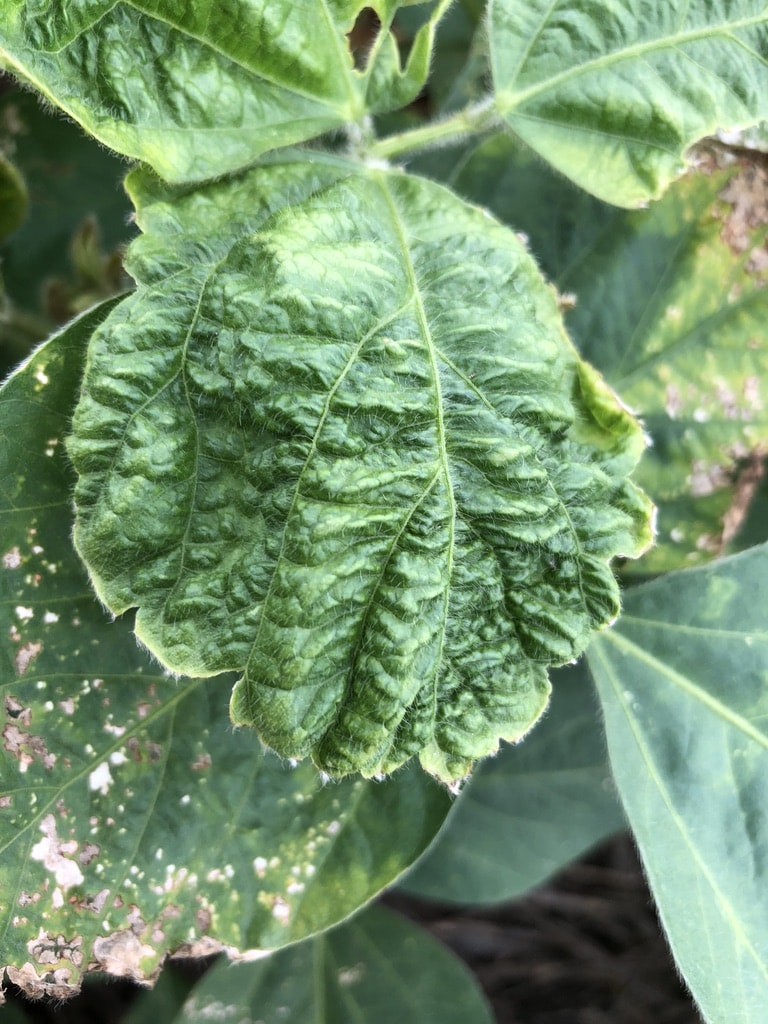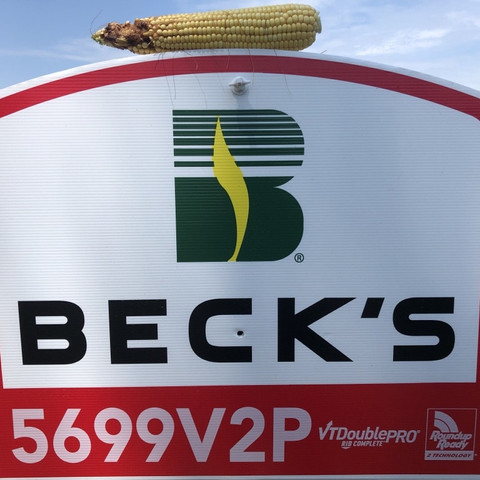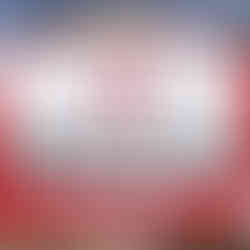“ Focus on the solution, not on the problem.” -Jim Rohn
Here are some thoughts on identifying herbicide injuries on soybeans that was inspired by a recent Beck's Hybrids July Croptalk Newsletter article by Austin Scott on this topic. The link for it is included in the references at the bottom of this page. Probably every farmer has driven by a soybean field and seen the field that looked off. Maybe it was the color, the shape of the leaves, or the shape of the plant that triggers the question: "What was that field hit with?" With choices of more herbicide platforms than ever before for soybeans we can see symptoms of injury that can cause confusion on what caused the problem. Also, insects and disease in soybeans can have a direct or indirect effect on soybean leaf injury to throw another diagnostic curve ball at us. Identifying the source however; can be important as the outlook on the soybeans recovery, and its possible cure is different depending on which product/disease/insect caused the injury. In the auxin family, for example; 2,4D and Dicamba exhibit different symptoms. This year with late corn and many crops in all stages of development, more spraying applications will be later in the season than in a typical year. Below is a guide with pictures of the symptoms to help identify antagonism.
Symptoms of Auxins (2,4D & Dicamba)
Symptoms of 10% field rate, dicamba on the left and 2,4D on the right. Photo: Purdue University
Similarities: At field application rate both 2,4D and dicamba will cause a conditoin know as epinasty, or in my simpler language seen as leaf drooping and stem twisting. At these higher rates there are only two practical ways to identify which chemical it was. Using sprayer records or find a spot where the where the exposure was very light. When there are low rates due to drift or volatility then there becomes a difference in the looks of the plants injury.
Photos: Purdue University Extension
Differences: When exposure is much lower, typically caused from drift or volatility; the symptoms of the plants carry small yet distinctive clues of the chemical family causing the problem. The simple clue is the leaves. The 2,4D will cause leaf strapping to non tolerant soybeans, and dicamba causes the leaves to cup. This is probably the most distinctive. Other symptoms might be shortened plant height which relates to dicamba, but twisted, calloused stems of the plant signals 2,4D injury. Below is a comparison chart of symptoms.

Symptoms of Group 15
This 15 family of long chain fatty acid inhibitors like Dual, Warrant, or Zidua can cause crinkled leaves and a condition called drawstringing. Sometimes the crinkled leaves can cup a little having a similar appearance to dicamba injury while driving by on the road as seen in the picture on the left.
Crinkled and drawstring leaves, effects of S-Metolachlor, Photos: Wendell Koehn
Symptoms of Group 14
The 14 family has some products that are a pre app only like Authority based herbicides or Sharpen. Sometimes, even if Authority is pre applied the chemical can splash on the emerging plants causing hypocotyl burn.

Other PPO Inhibitors of the same family are labeled for post applications, but will burn the soybeans' leaves. These products would be Cobra, Ultra Blazer, or Flexstar to name a few popular herbicides.

Symptoms of Other products like AMS or Herbicide Flash


A list of some diseases that can be might be mistaken for herbicide injury:
Septoria Brown Spot
Typically does not affect soybean productivity if it stays on the lower leaves early.

Bean Pod Mottling Virus
This virus is mainly transmitted by the bean leaf beetle. Since it is a virus the solution lies not in a cure, but a preventative. Insecticide!

Frogeye Leaf Spot
A critical disease as soybeans enter pod stage.

References:
CROPTALK: COMMON HERBICIDE SYMPTOMOLOGY ON SOYBEANS
https://www.beckshybrids.com/Blog/ArtMID/841/ArticleID/2236/Croptalk-Common-Herbicide-Symptomology-on-Soybeans
Purdue University
University of Illinois
University of Nebraska
Illinois Fertility Conference
University of Wisconsin-Madison
Crop Protection Network
University of Nebraska-Lincoln








































